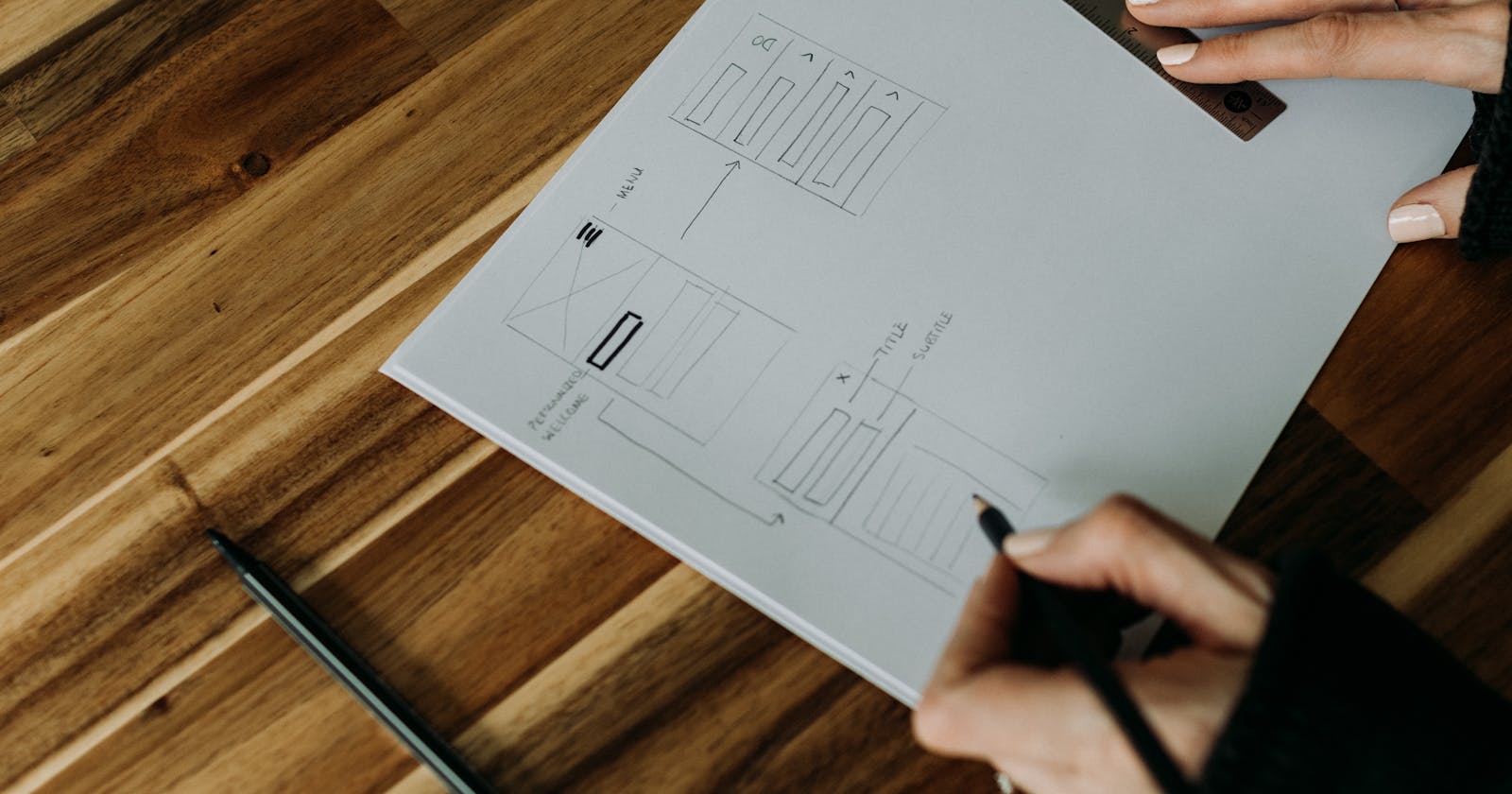In today's digital age, user experience (UX) design has become the cornerstone of creating successful and user-friendly products. It's the art and science of understanding users, their needs, and their behaviors to design experiences that leave a lasting impression. In this article, we will explore the multifaceted world of UX design, from its core principles to the intricacies of the design process. Whether you're a seasoned designer or just dipping your toes into the field, join us on this journey as we demystify UX design.
What Is UX? Understanding the Meaning:
User Experience, often shortened as UX, is the holistic perception that users have when interacting with a product, service, or system. It encompasses every aspect of a user's interaction, from their first encounter with a website or app to the final moment they complete a task. Good UX design strives to make this journey seamless, intuitive, and enjoyable.
The Essence of Good and Bad UX Design:
Good UX design is like a well-choreographed dance. It's intuitive, responsive, and leaves users with a sense of accomplishment. It considers usability, accessibility, aesthetics, and the emotional connection users establish with the product. Conversely, bad UX design can be likened to stumbling in the dark. It's frustrating, confusing, and often leads users to abandon the ship. We'll explore the key differentiators between the two and learn from real-life examples.
The UX Design Process: From Vision to Reality:
Creating exceptional UX involves a structured process that guides designers from idea conception to product launch. We'll delve into the UX design process, encompassing stages such as user research, ideation, prototyping, testing, and refinement. It's a dynamic journey where user feedback reigns supreme, continually shaping and reshaping the design.
UI and UX: Perfect Partners in Design:
User Interface (UI) and UX design are intertwined like yin and yang. While UX focuses on the overall user experience, UI deals with the visual and interactive elements that users interact with. We'll explore how these two disciplines collaborate to create harmonious and effective designs, ensuring that aesthetics align with functionality.
Areas in UX Design: Crafting Comprehensive Experiences:
User Research: Dive into the depths of understanding your users through research methods like interviews, surveys, and persona development.
Information Architecture: Learn how to structure and organize content for optimal usability and inaudibility.
Wire framing and Prototyping: Discover the power of visualizing ideas through wire-frames and prototypes to iterate quickly.
Usability Testing: Explore the art of testing and refining designs based on user feedback to achieve perfection.
Accessibility: Delve into the realm of inclusivity, ensuring your designs cater to users of all abilities.
As designers, entrepreneurs, or anyone invested in creating products and services, let's remember that UX design is the compass guiding us towards our users' hearts. With each click, swipe, and interaction, we have the power to shape experiences that delight, empower, and leave a lasting impact. So, embrace UX design as your ally, your secret weapon, and your commitment to crafting seamless user experiences.

